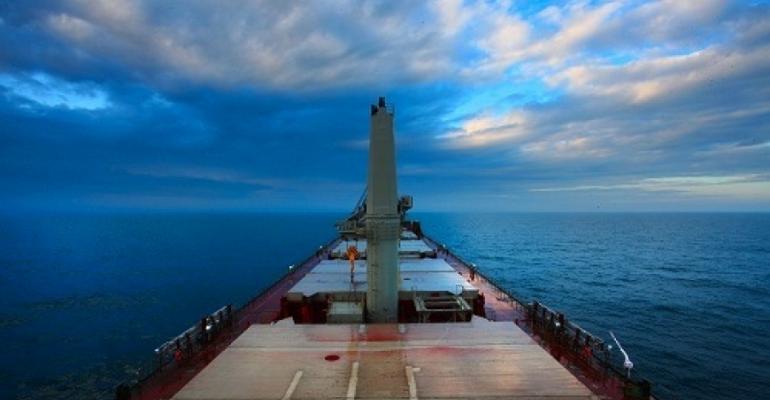For the capesize freight market, the impact of the US market correction did not leave a lasting impression and went on at its mini-rally before dipping lower as the week drawn to an end.
“Activity and optimism returned to the cape FFA market on Tuesday, as we saw increased activity in the physical market and improved rates paid in both basins,” said a FIS FFA broker.
Capesize time charter average on Tuesday was untainted by US stock market scare and went to score about $11,984 in spot prices, up $795 day-on-day. Feb contracts became the highest gainer at $1,000 day-on-day to $13,375. Thus, the only stumbling block for this rising momentum only pointed toward festival holidays coming in mid-February.
“The Lunar New Year holidays are just around the corner, and this will certainly dampen activity at some point. But right now, it just feels good, going forward.” opined the shipbroker.
On Thursday, the capesize FFA did not seem to pull on the brakes yet as the time charter average accelerated higher to hit $13,208, up $737 day-on-day. During the trading day, the Feb contract were trading up to $13,900 and March to $16,900 before finding selling resistance. On the downside, the Q2 forward remained very thin on the offer side and thus trades concluded were minimal with Cal 20 traded $16,000 and Cal 21 at $15,200.
Despite the capesize paper pushes, trade participants on the physical market felt that the market might consolidate ahead without much fixtures to sustain the high rates. As such, lower capesize freight rates were seen in the Asia Pacific region as ship-owners are more inclined to clear off their trade positions before the Lunar New Year holidays.
For the panamax FFA market, time charter average took a beating throughout the week with losses among the trading days. By Thursday, the time charter average was trading at spot price of $10,134, down $237 day-on-day.
“It was a similar trend on the panamax paper on Thursday with the curve under pressure in early trading before seeing some buying return post index,” commented a FIS Panamax broker.
By the close of the trading day on Thursday, Feb and Mar contracts were left marginally lower at lows of $10,350 and $11,800 respectively, while Q2 recovered from $12,750 low to print $13,000 and some better buying on the deferred's saw Cal20 pushing up to print at the $10,500 level.
Similar trends were seen the smaller vessels, with the supramax and handysize both posting losses throughout the week. On Thursday, the supramax paper weakened on the front of the curve as March was sold at the $10,500-$10,450 range, while time charter average recorded at $9,508 , down $101, day-on-day. handysize market then seen a quiet market throughout the week with rather static rates recorded at $7,735 on Thursday, down $34 day-on-day.
Copyright © 2024. All rights reserved. Seatrade, a trading name of Informa Markets (UK) Limited. Add Seatrade Maritime News to your Google News feed.


